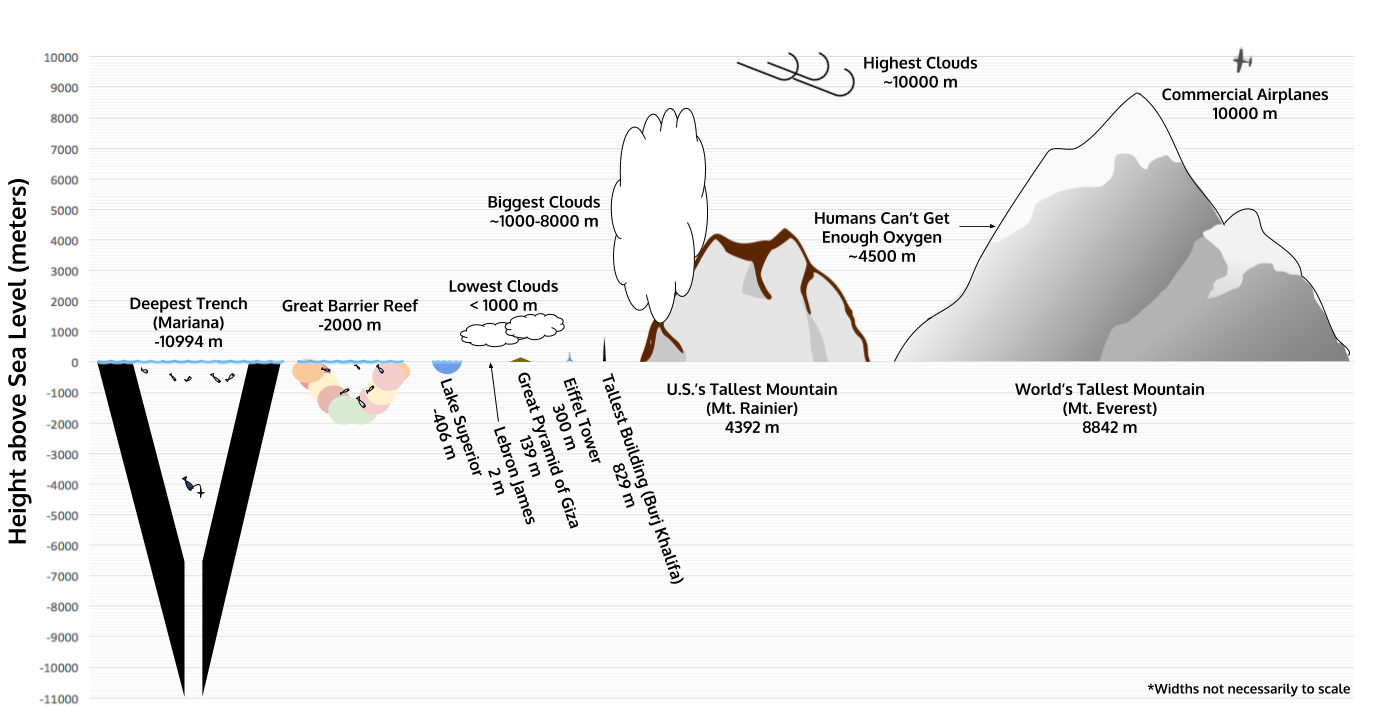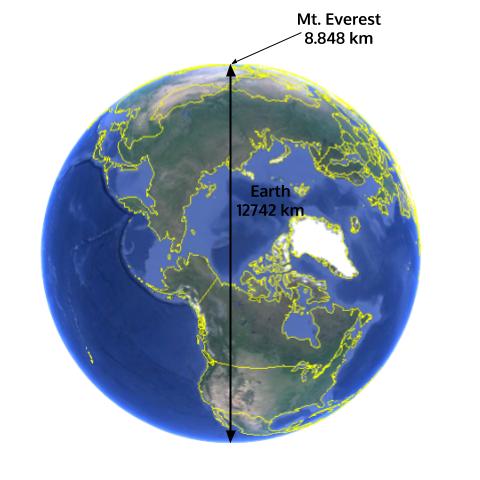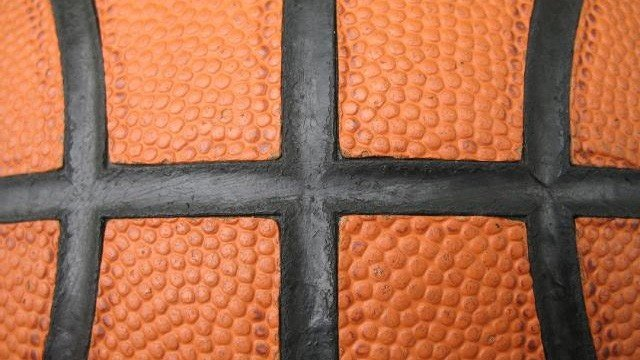Perspective
The Earth. What do you think of when someone mentions our planet? Is it the sprawling land that we build our civilization on, or the vast oceans that cover 71% of its surface? Perhaps you think of the sky, as the airplanes and birds that fly above. In truth, the Earth is all of those things plus so much more below the surface.
How Big Is Earth?
Goal #1: Shatter your brain into a million little pieces. How? By giving you a sense of scale of the Earth.
Remember how tiny atoms are? Well, this video should give you some context for how the tininess of atoms compares to the vastness of Earth—and how the tininess of the Earth compares to the vastness of the universe.
Remember how tiny atoms are? Well, this video should give you some context for how the tininess of atoms compares to the vastness of Earth—and how the tininess of the Earth compares to the vastness of the universe.
How Big Are Earth's Structure's?
Not only is Earth so big that it’s hard to comprehend how big it is, but the things on Earth are sometimes hard to put into context. Here’s some perspective on how some things that we easily understand the size of compare in size to some of the largest structures on Earth:
Insane, right? The tallest building that humans have built is less than a kilometer (0.6 miles) tall—which is really tall. But, that building is TINY in comparison to the features of the Earth: the tallest mountains and the deepest trenches. And we are even TINIER compared to all these things. If you look closely, there is actually a teeny tiny photo of LeBron James shrunk down to miniscule proportions in that photo. I’m not pretending. Now, could I have just put an arrow pointing to nothing and told you it was LeBron James? I mean, maybe. But what’s the fun in that?
Even all of the huge mountains and the insanely deep trenches are only on the Earth’s surface, however. Let’s take a look at how that compares to the rest of the Earth:
How Big Is Earth from Space?
That’s what our tallest mountain looks like in comparison to the Earth. Completely invisible. And this is what our Earth looks like in comparison to other objects in our Solar System:
A tiny blue dot. And that solar system is a tiny dot in comparison to the galaxy, which is a tiny dot in comparison to even just a small section of the universe. In summary, you are tiny (yet mighty. How special is it that in the whole grand scheme of the universe you still matter so much to so many people?). And yet, you are enormous compared to atoms. And the Earth is tiny. And yet enormous compared to you.
Have I shattered your brain yet? If not, here are some more fun facts:
Have I shattered your brain yet? If not, here are some more fun facts:
- The Earth’s entire crust, from the depths of the Mariana Trench to the tallest part of Mount Everest, is only 30 kilometers, compared to a radius of 6,380 km.
- All that we can see of the Earth (all of the life sustaining parts of Earth) is less than 0.4% of the Earth’s total thickness.
- The height of Everest in comparison to the diameter of Earth is approximately equal to the height of a bump on a basketball compared to the basketball itself. Each one of those bumps is about the thickness of 10 strands of hair.
Now imagine tiny LeBron James dunking that tiny, bumpy basketball on tiny earth in the tiny solar system in the tiny universe, and you might start to get an idea for just how small we are.
Mind. Blown.
How Did the Earth Form?
The details of how Earth came to be the way it was is beyond the scope of this class, but it is interesting to learn about and might give you some additional perspective about how awesome this planet is. If you’re interested in learning more, this video gives a nice overview:
Summary
The main goal of this lesson was to give you a sense of respect for the world you live in. It’s big, yet tiny, incredibly old, and yet young and full of life. And we have literally only scratched the surface.
Learning Activity
If you do not already have Google Earth, download the free version from this website. It doesn’t matter which version you get: They have a desktop app, an online app, and a mobile app.
Explore. Zoom in, zoom out. Find the biggest places in the world. Search for tiny houses. Zoom out so you can see the entire Earth. See what you can explore beyond the Earth. Find something interesting to you. Get some perspective for its size in the scheme of the universe.
Then answer these questions:
Explore. Zoom in, zoom out. Find the biggest places in the world. Search for tiny houses. Zoom out so you can see the entire Earth. See what you can explore beyond the Earth. Find something interesting to you. Get some perspective for its size in the scheme of the universe.
Then answer these questions:
Content contributors: Eric Klinkhammer, Grace Cheung, and Emma Moulton




